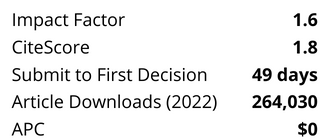The increasingly stringent requirements for effluent quality and the need to reclaim water are promoting the application of membrane bioreactor (MBR) systems for wastewater treatment. The membrane replaces the solids separation function carried out by the secondary clarifier and sand filter in a conventional activated sludge system. The MBR process effectively overcomes the problems associated with poor settling of sludge. In addition, the use of membranes permits the operation of the bioreactor at higher mixed liquor suspended solids (MLSS) concentrations of 8,000 to 12,000 milligrams per litre (mg/L) compared to a conventional system, which may operate between 2,000 to 4,000 mg/L. The elevated biomass concentration allows for improved removal of both soluble and particulate biodegradable material from the wastewater. The MBR design also reduces the area as well as the reactor volume required for treatment.
Two-State YMCA operates Camp Chimney Corners and Camp Becket in Becket, Massachusetts. These two camps were under consent orders to address deficient septic systems and decided to construct a 40,000 gallons per day (151,400 litres/day) wastewater treatment plant and wastewater collection and conveyance system to address septic system problems. A MBR wastewater treatment plant was designed and constructed and began treating wastewater in May 2007. This paper presents the design, operation, and performance of the MBR WWTP.




%20cropped.png?versionId=5954)